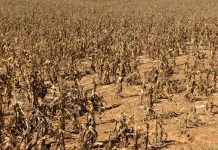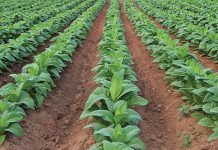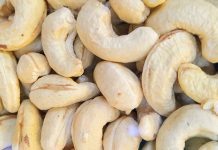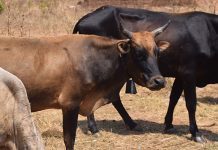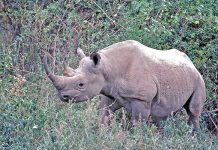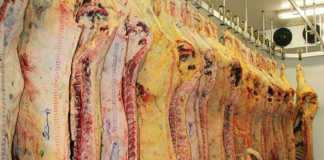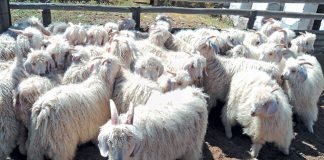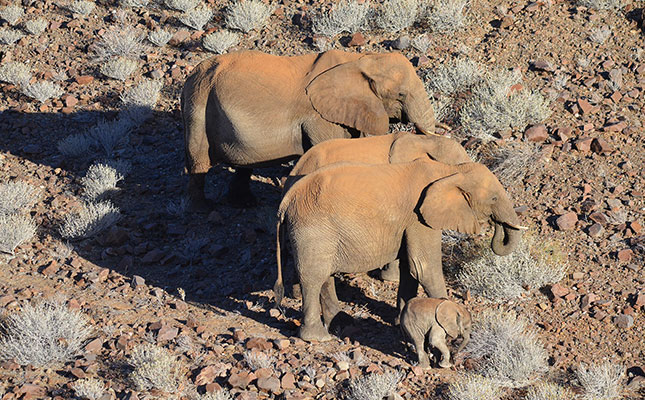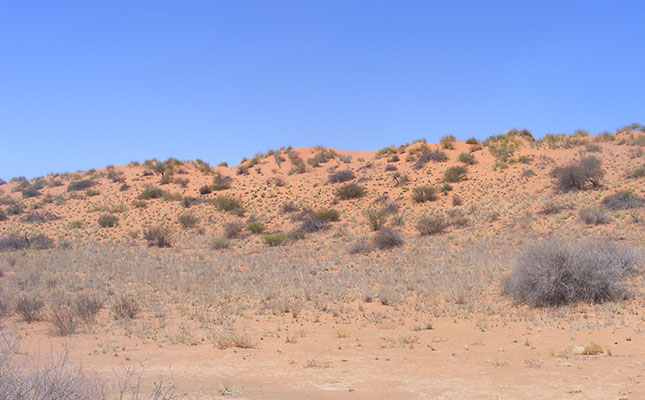
Photo: Annelie Coleman
Large parts of Namibia remain in the grips of a brutal drought, with the last significant rainfall reported in the far southern region a decade ago.
Henriette le Grange, convenor of the Namibia Drought Relief Fund, told Farmer’s Weekly that districts such as Aroab, Mariental, Stampriet and Keetmanshoop in the south were severely affected by the dearth, while acute drought conditions prevailed in Kamanjab, Karibib and Usakos in the north-west.
“I can’t even begin to describe the conditions. The veld is reminiscent of a lunar landscape, devoid of life. Farmers and related businesses have to endure in most appalling conditions,” she said.
The relief fund had distributed animal feed to the value of R300 000 so far this year. Although the need for support remained very significant, the organisation’s funds had been depleted and further support was therefore hanging in the balance, according to Le Grange.
The donated animal feed was sourced from the irrigation areas near Mariental, among other areas. This meant that feed donations could be delivered at a reasonable price to the southern region.
However, transporting the feed to the drought-affected areas in the north-west was exceedingly expensive, due to high transport costs because of the vastness of the country.
Kamanjab, for example, was some 750km north of Mariental. She said transporting a load of between 750 and 800 bales of lucerne from Mariental to Kamanjab could cost as much as R97 000.
This was exacerbated by the fact that the transport trucks had to return without a load, which markedly increased the delivery costs.
Le Grange said the effects of the drought were heartbreaking.
“The situation has deteriorated to such an extent that we also support a number of households on farms with food on a monthly basis. Cash flows in the drought-stricken areas have been depleted. The Namibia Drought Relief Fund [hinges] on three [pillars], namely food provision, school fund support and drought aid,” she said.


